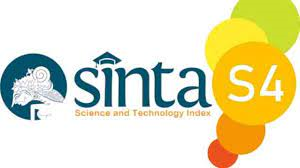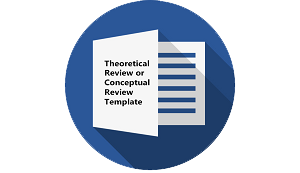VERBAL AND NON-VERBAL EXPRESSIONS IN THE TRADITION OF MOMBOLASUAKO OF TOLAKI
DOI:
https://doi.org/10.30957/ijoltl.v2i2.296Keywords:
ethnolinguistics, mombolasuako, non-verbal expressions, TolakiAbstract
This research aims to classify, describe and explain verbal and non-verbal expressions in eloping tradition (mombolasuako) of Tolaki based on the procession comprehensively. Theories used to solve the problem are ethnolinguistics and ethnoscience. Methodologically, the ethnographic method was used in this study. The data includes primary and secondary data that were collected by participant observation and an in-dept interview. All collected data were analyzed by using Spradely ethnoscience’s analysis and linguistics’ analysis. The study revealed that verbal expressions in mombolasuako include verbal utterances, recitation and remark. The non-verbal expressions consisted of (1) the tradition objects must be served by bride groom consists of process (2) gestures of tradition casts in the implementation of the traditions process and (3) tradition casts. The mombolasuako’s process of verbal and non-verbal expressions including verbal utterances, gestures and tradition casts were adapted to tradition.
Â
Â
Downloads
Downloads
Published
How to Cite
Issue
Section
License
Authors who publish with this journal agree to the following terms:
- Authors retain copyright and grant the journal right of first publication with the work simultaneously licensed under a Creative Commons Attribution-ShareAlike 4.0 International License that allows others to share the work with an acknowledgement of the work's authorship and initial publication in this journal.
- Authors are able to enter into separate, additional contractual arrangements for the non-exclusive distribution of the journal's published version of the work (e.g., post it to an institutional repository or publish it in a book), with an acknowledgement of its initial publication in this journal.
- Authors are permitted and encouraged to post their work online (e.g., in institutional repositories or on their website) prior to and during the submission process, as it can lead to productive exchanges, as well as earlier and greater citation of published work (See The Effect of Open Access).












